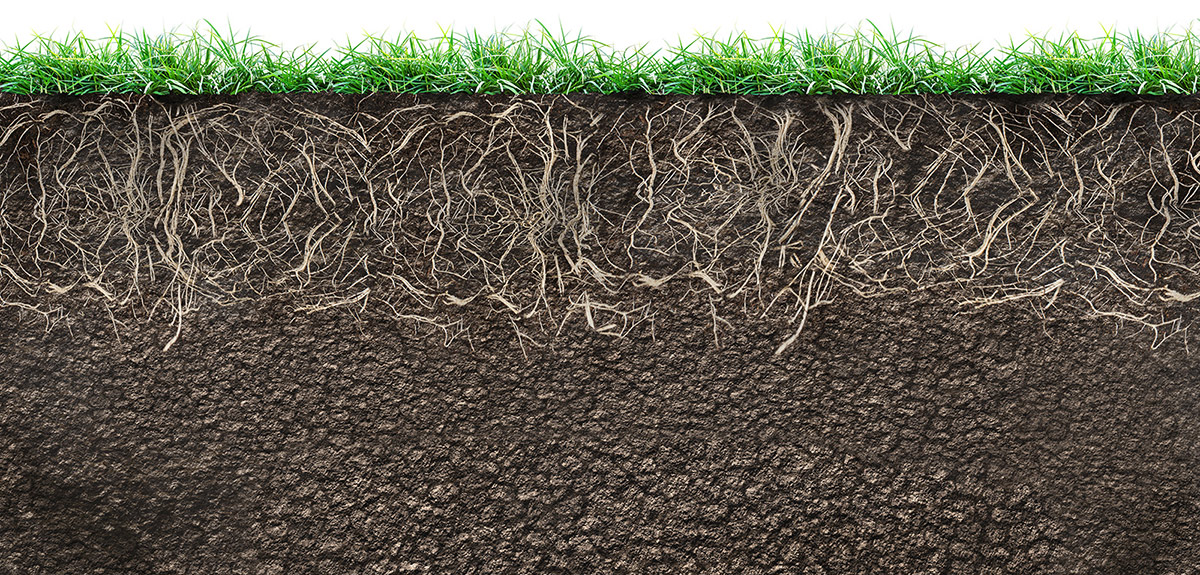Agricultural limestone naturally enhances and maintains soil conditions by lifting the pH and assisting to cultivate soil health. Optimized soil pH also encourages worm and bacterial activity which in turn aerates the soil, improves drainage and promotes grass and clover growth. Healthy soil structure helps decomposition, assists with healthy root development and improves nutrient availability.

Soil testing is essential to assess pH and nutrient levels prior to applying agricultural lime and to gauge whether a farm is in need of capital or ongoing maintenance inputs of agricultural lime. Where a large increase in soil pH is required, capital application of agricultural lime is best. This is where lime inputs are far greater than the usual levels required for maintaining pH.
Agricultural limestone from the general market can vary in quality. At Graymont, we regularly monitor the manufacturing of our agricultural limestone at key points throughout the production process to ensure we meet the quality expectations of our customers.

Caution is Needed:
- Agricultural limestone is designed to be spread from ground spreading trucks only. It is not suitable for Aerial topdressing applications.
- Farmers need to be aware of the risks of grazing dry cows in late pregnancy on recently limed pastures
- If pregnant dairy cows (springers) ingest calcium through lime particles that are present on recently limed pastures, the cow's metabolism tells it that it doesn't need to mobilize calcium. After calving, the cow may "fall over" with the condition hypocalcemia or milk-fever. Graymont has products that may assist farmers to avoid milk fever. Refer to the Stock Feed Minerals section of our website under the Products menu.
For further information on agricultural limestone and its application refer to the additional resources section below or refer to the related products shown or contact our sales team.
